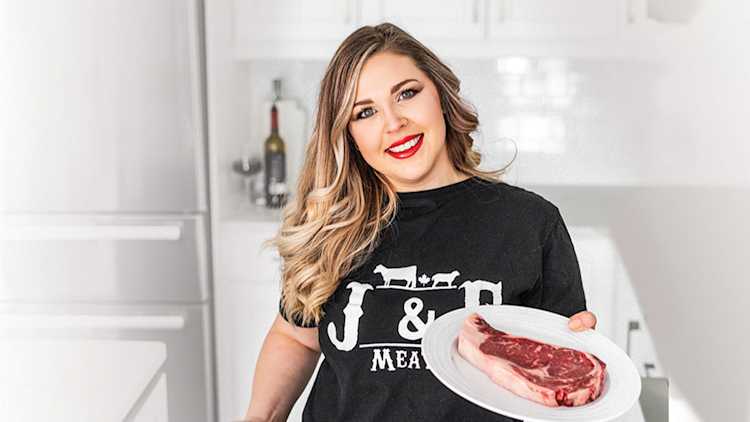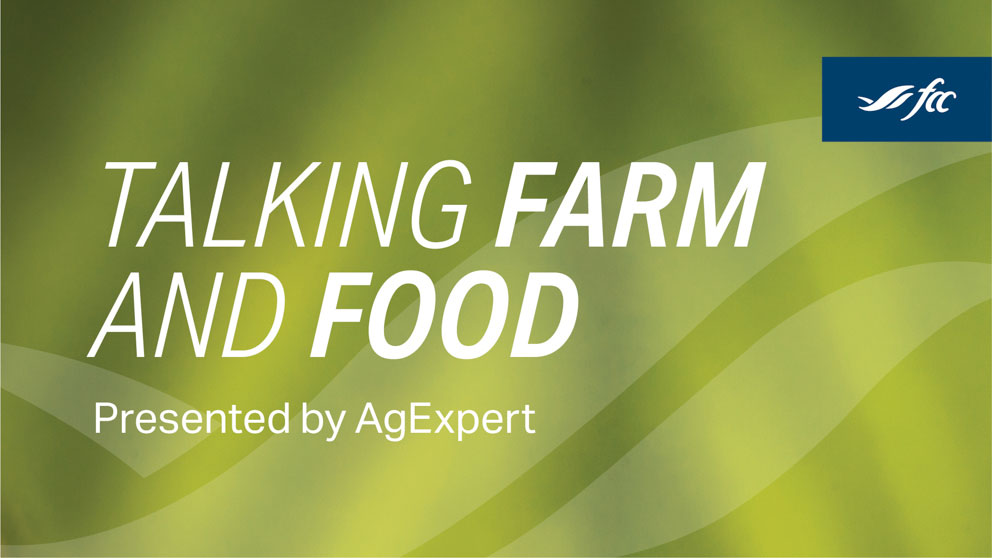Going direct-to-consumer: How innovation and online marketing can maximize sales

Direct sales can give you better control over the prices you receive for your labours, and branding through social media can bring customers to do your door.
That’s the conclusion Emma and Josh Butler have reached after just a few years of direct-to-consumer sales.
Their venture began one night after a discussion about the prices they were getting for their beef cattle. By the end of the evening, the Butlers decided they’d sell directly to consumers through their own J&E Meats.
Seeking more value
At the time, the Chatham-Kent, Ont. couple were contracting their cattle to a large processor.
“And you really just get knocked around with that,” Emma says in an FCC podcast.
She felt they were playing a losing game of investing in raising a cow for 18 months before getting docked fees for various reasons – including a per pound charge when an animal exceeded its contracted weight.
“Our retail aspect has given us the opportunity to take those heavier animals that, if we were to put on a truck, we were going to get slammed with fees, basically and lose money on,” Butler says. “And now we’re able to get the most value out of those animals that we can.”
Building personal brand
The change to direct sales happened overnight.
“We just were talking about it. I whipped up a logo at midnight, made a Facebook page, and away we went,” Butler says.
Online demand was instantaneous, and within four months of launching their Facebook page, construction began on their physical on-farm retail store, which opened in the summer of 2019.
Construction of the on-farm store was also the chance to showcase the Butler’s little corner of the world. Located on the banks of a river and along a paved, meandering road, it’s the perfect distance for a city family to drive when they want to take a trip to the country. And when they decide to purchase some local product, the Butlers are there.
Social media has several advantages for direct-to-consumer sales, all of which help drive consumers to the farm gate.
Even the construction of the farm store was deliberate with the design and look. Dressed pine inside creates a homey atmosphere that’s warm and cozy. This was done so customers aren’t overwhelmed as they may be if the store was lined with freezers.
“We really wanted our customers to have confidence when they came out to see us that they were going to be able to find their product and were going to feel welcomed,” she says.
Butler also engages and advertises on her personal and company Instagram and Linktree.
Social media has several advantages for direct-to-consumer sales, all of which help drive consumers to the farm gate:
Connect one-on-one with the public
Help the public understand the story behind the food and the farm
Build public trust in the farm-raised food, and in agriculture as a whole
“They feel like they know me, Emma Butler, before they’ve even met me. My customers feel comfortable coming out to see me and coming out to purchase my product because they know me.”
For more details about the Butler’s journey to retail, check out the FCC Knowledge Podcast: Talking Farm and Food.
Article by: Richard Kamchen

In this episode, Kenneth Carrier shares how he uses the skills from his former life in marketing and finance to run two successful apple orchards.
